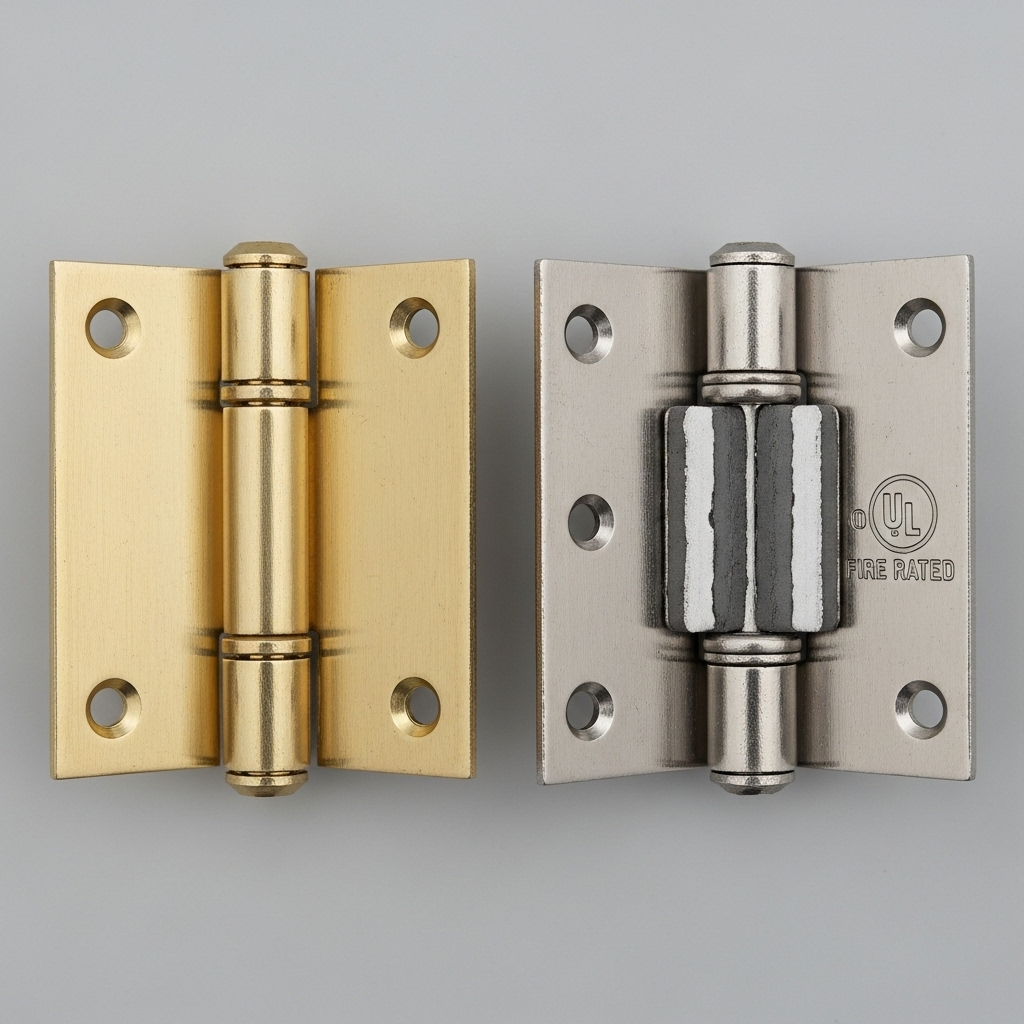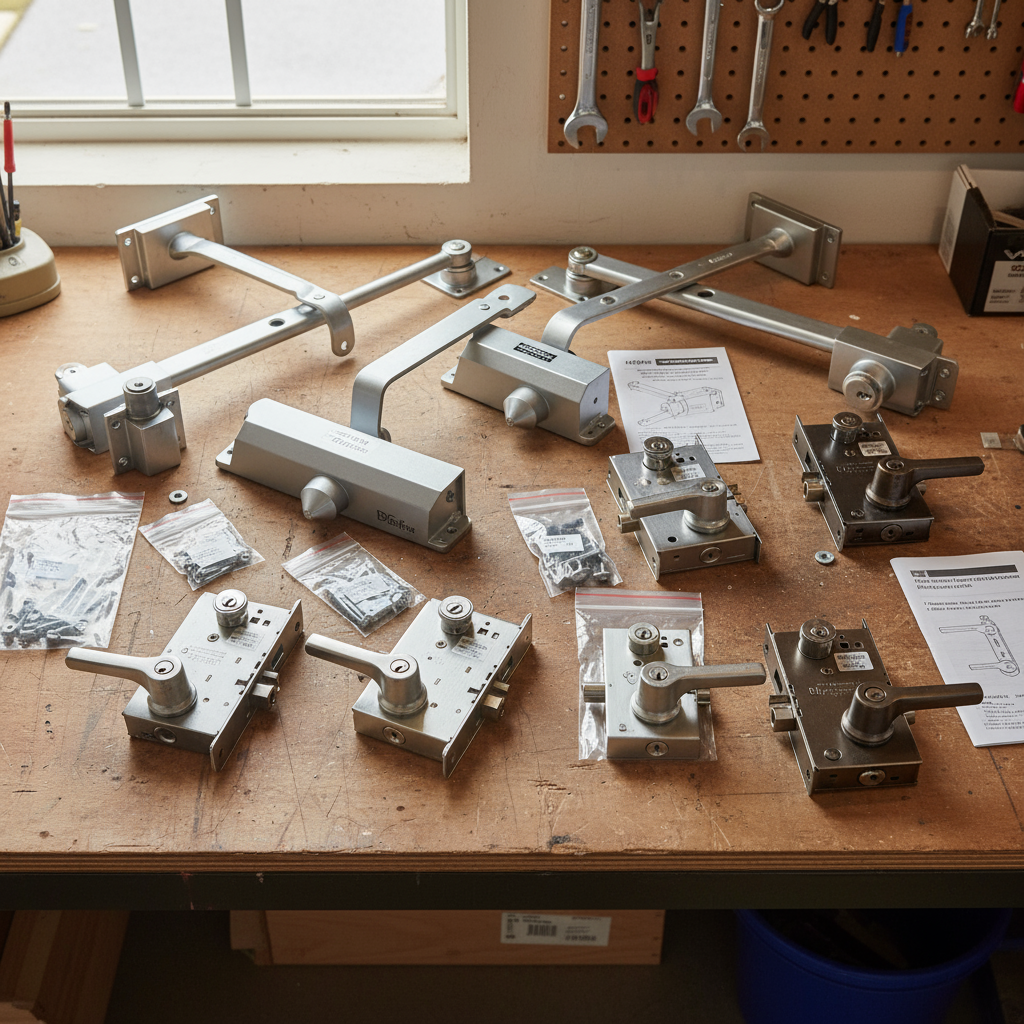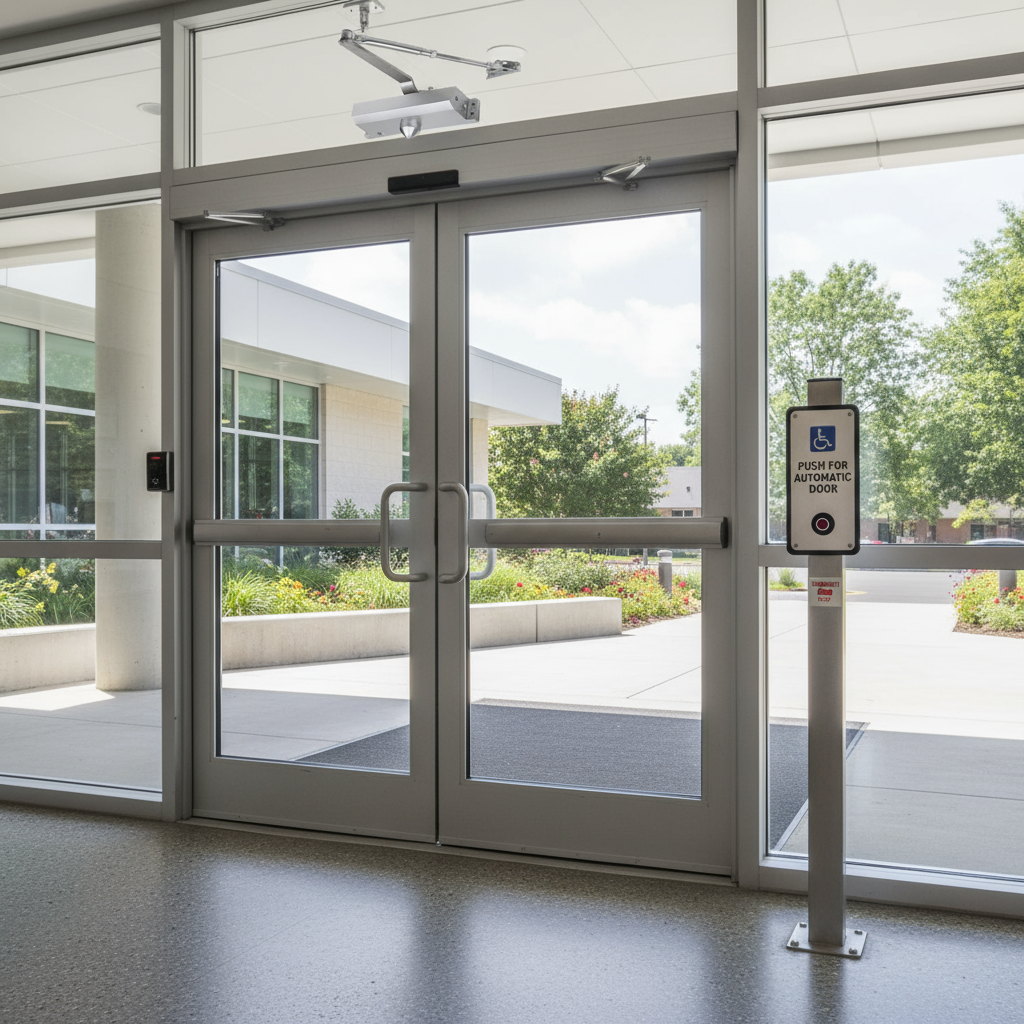5 Common Door Hardware Mistakes (and How to Avoid Them)
In commercial construction, door hardware might seem like a small detail compared to framing, drywall, or flooring — but it’s one of the most critical parts of a building’s safety, compliance, and long-term function. The wrong hinge, poorly installed closer, or mismatched hardware set can cause everything from security issues to ADA violations.
At Inlay Construction, we’ve seen firsthand how small mistakes can lead to big problems. Here are the five most common door hardware mistakes (and how to avoid them on your next project).
1. Using the Wrong Hinge Type
Not all hinges are created equal. Choosing the wrong hinge for the door weight, rating, or traffic volume is a costly mistake.
Fire-Rated Doors require fire-rated hinges that can withstand high heat. Using standard hinges risks failing inspections.
High-Traffic Openings like schools or hospitals need heavy-duty hinges to support constant use.
Specialty Applications (like exterior doors) may require weather-resistant stainless-steel hinges.
✅ Solution: Always verify the door’s fire rating, weight, and application before ordering hinges.
2. Improper Strike Plate Alignment
If a door latch doesn’t line up with the strike plate, the door won’t latch properly. This creates security risks and code compliance failures.
Even a 1/8-inch misalignment can cause a door to rattle, fail to close, or put stress on the hardware.
Improper alignment also leads to premature wear on locks and frames.
✅ Solution: During installation, check the alignment with the door fully closed. Shim or adjust frames as needed before fastening hardware permanently.
3. Mixing Brands of Hardware
It might seem like no big deal to use a closer from one brand and locks from another — but mixing hardware often causes compatibility issues.
Finish mismatches create an unprofessional look.
Some hardware components are engineered as systems (hinges, closers, and locks designed to work together).
Using multiple brands can void warranties.
✅ Solution: Choose one manufacturer’s hardware line per opening or consult a Division 8 expert to ensure compatibility.
4. Overlooking ADA Compliance
The Americans with Disabilities Act (ADA) sets clear requirements for door hardware. A common mistake is installing knobs or levers that are non-compliant.
Handles must be operable without tight grasping, pinching, or twisting.
Automatic operators must open doors with the correct force and timing.
Non-compliance can lead to failed inspections and costly rework.
✅ Solution: Use ADA-approved levers, push plates, or operators on all public-access doors.
5. Forgetting Preventative Maintenance on Closers
A door closer that isn’t adjusted or maintained will eventually leak, slam, or fail to close properly.
Closers are often installed and forgotten until problems arise.
Leaking hydraulic fluid, loose mounting screws, or improper swing speed are common signs of neglect.
✅ Solution: Schedule quarterly inspections to check closer adjustments, tighten fasteners, and replace worn parts before failure.
Conclusion
Door hardware may be a small part of your construction project, but it plays a huge role in safety, compliance, and long-term durability. By avoiding these five mistakes, you’ll save time, reduce callbacks, and protect your bottom line.
At Inlay Construction, we specialize in Division 8 hardware installation and service. Whether you need hollow metal doors, automatic operators, or specialty hardware, we ensure every detail is installed right the first time.
👉 Call us today at 901-424-5992 or request a free estimate to get started on your next project.





